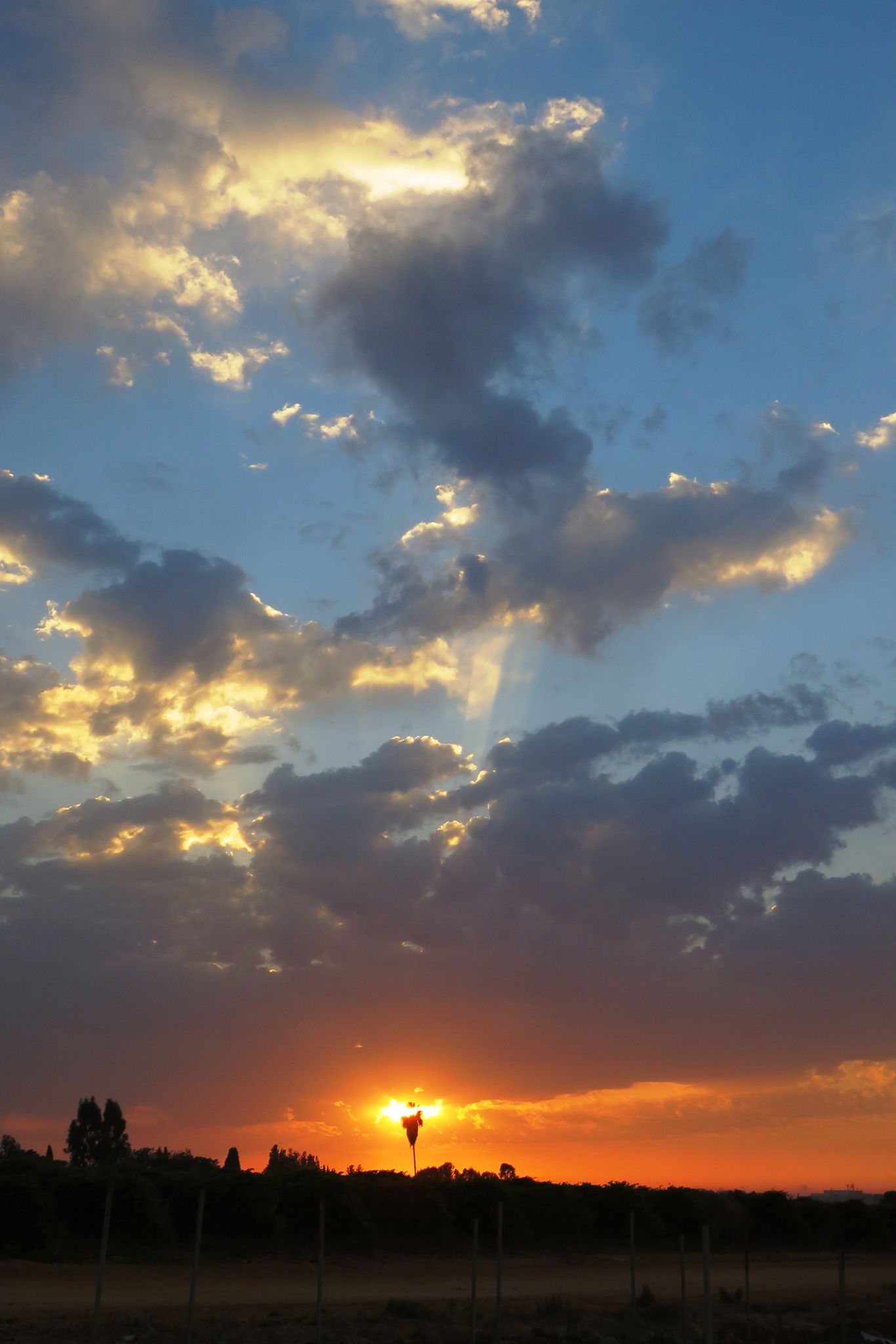Expert Tips for Maintaining a Healthy Lawn in Brampton's Climate
Understanding Brampton's Climate
Brampton's climate poses unique challenges for lawn maintenance. With its humid continental climate, the area experiences warm summers and cold, snowy winters. This means your lawn must endure a significant temperature range throughout the year. Understanding these conditions is crucial for tailoring your lawn care practices effectively.

Soil Testing and Preparation
One of the first steps in maintaining a healthy lawn in Brampton is understanding your soil type. Conduct a soil test to determine the pH and nutrient levels. Based on the results, amend your soil with lime or sulfur to adjust the pH and add organic matter to improve soil structure. Healthy soil ensures that grass roots can access the nutrients they need.
Choosing the Right Grass Type
The choice of grass type is critical in responding to Brampton's climate. Opt for cool-season grasses such as Kentucky bluegrass, perennial ryegrass, or fescues. These varieties thrive in cooler temperatures and are well-suited for Brampton's growing conditions. Cool-season grasses will grow vigorously during spring and fall, providing a lush lawn with proper care.

Watering Wisely
Water management is essential to lawn health. Brampton's weather can be unpredictable, so it's important to water your lawn deeply but infrequently to encourage deep root growth. Aim for about 1 to 1.5 inches of water per week, either from rainfall or supplemental irrigation. Water early in the morning to minimize evaporation and fungal diseases.
Fertilization Strategies
Fertilizing your lawn is crucial for maintaining its vigor and color. Apply a balanced fertilizer in spring and fall, which are the key growth periods for cool-season grasses. Be cautious not to over-fertilize, as this can lead to excessive growth and increased susceptibility to pests and diseases.

Mowing Techniques
Proper mowing practices play a significant role in maintaining a healthy lawn. Set your mower blades high, typically around 2.5 to 3 inches, as taller grass shades the soil and reduces water evaporation. Avoid cutting more than one-third of the grass height at once to prevent stress on the plants.
Dealing with Weeds and Pests
Weeds and pests can be persistent problems in Brampton lawns. Regularly inspect your lawn and remove weeds manually or with targeted herbicides. For pests like grubs, consider using natural predators or organic treatments to keep their populations in check without harming beneficial insects.
Winter Preparation
Brampton winters can be harsh, so preparing your lawn for the cold season is essential. Continue mowing until the grass stops growing, then clear any debris to prevent mold growth under snow cover. Applying a winterizing fertilizer in late fall can help protect the grass roots during winter dormancy.

By following these expert tips, you can maintain a vibrant and healthy lawn throughout the year, even in the challenging climate of Brampton. Regular maintenance and a proactive approach will ensure that your lawn remains a stunning feature of your home landscape.
